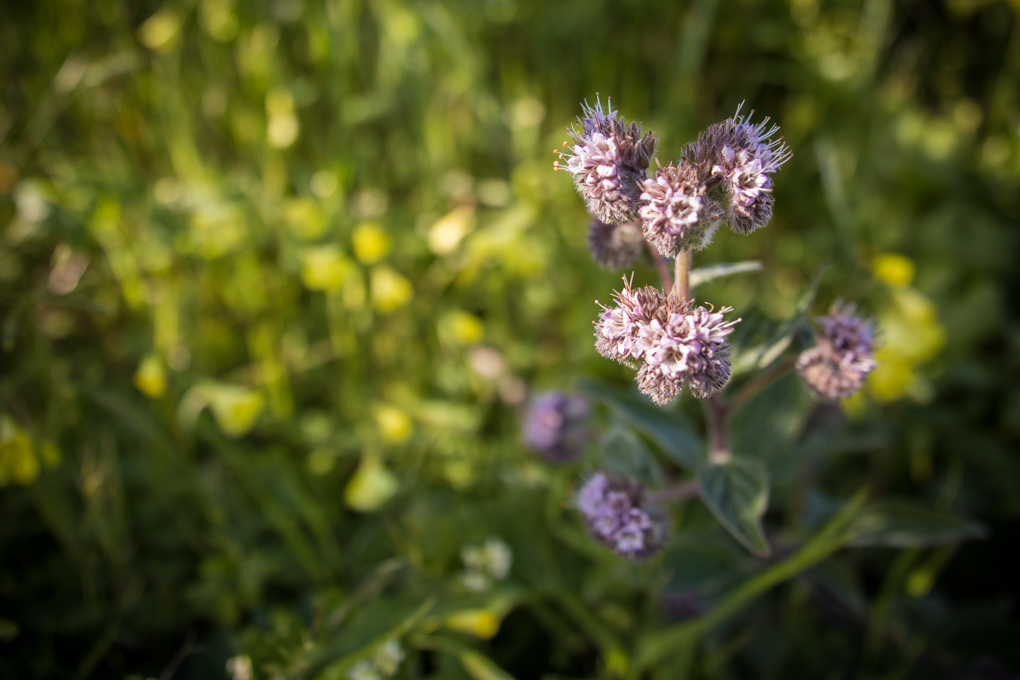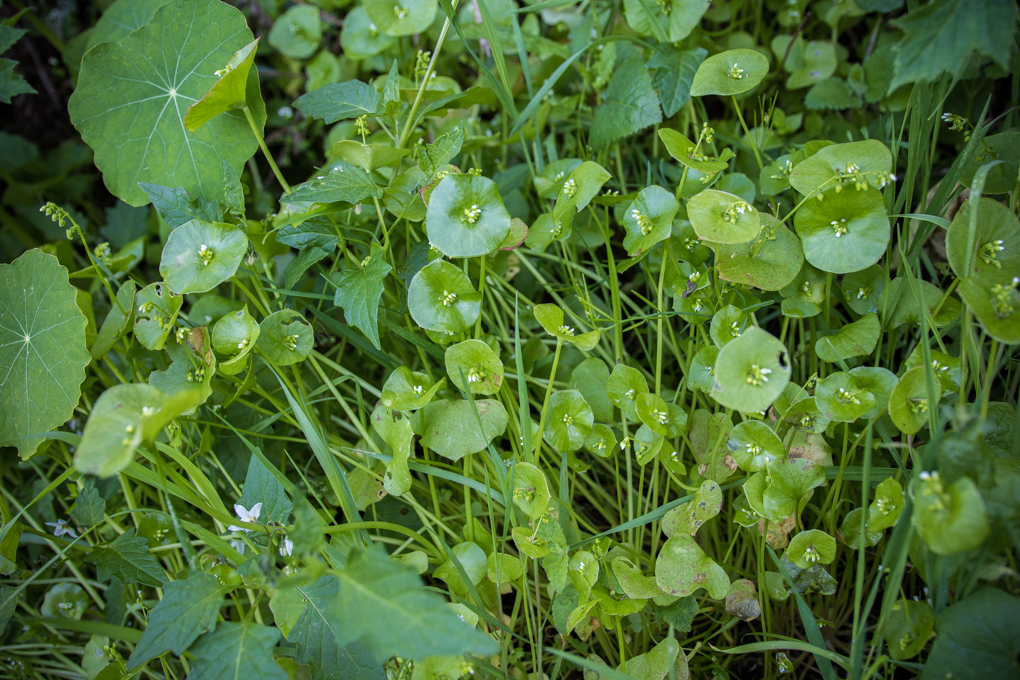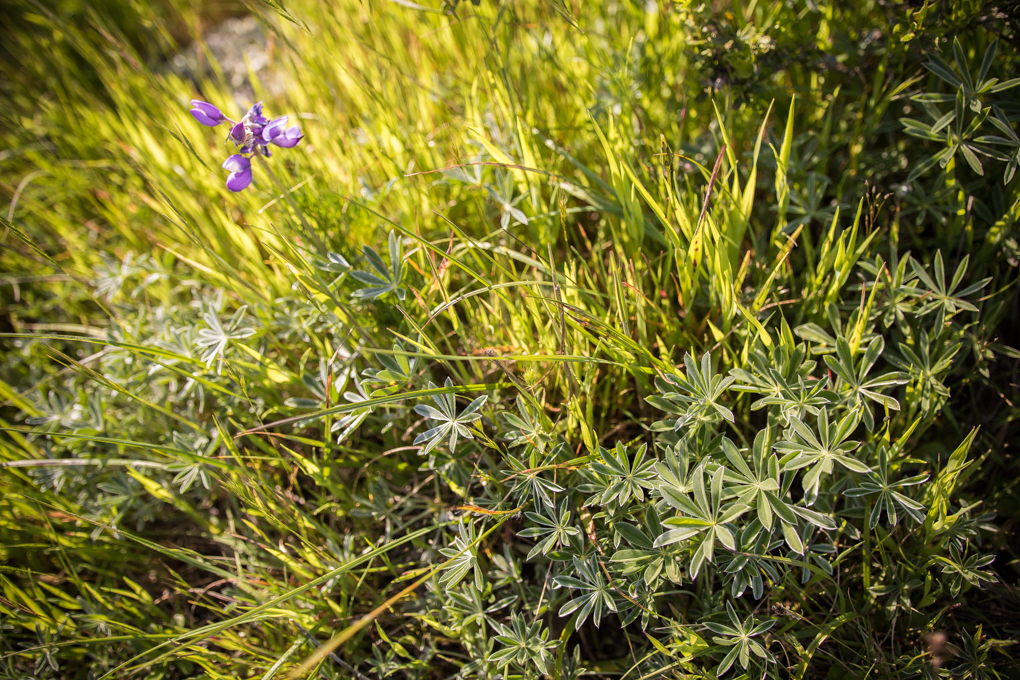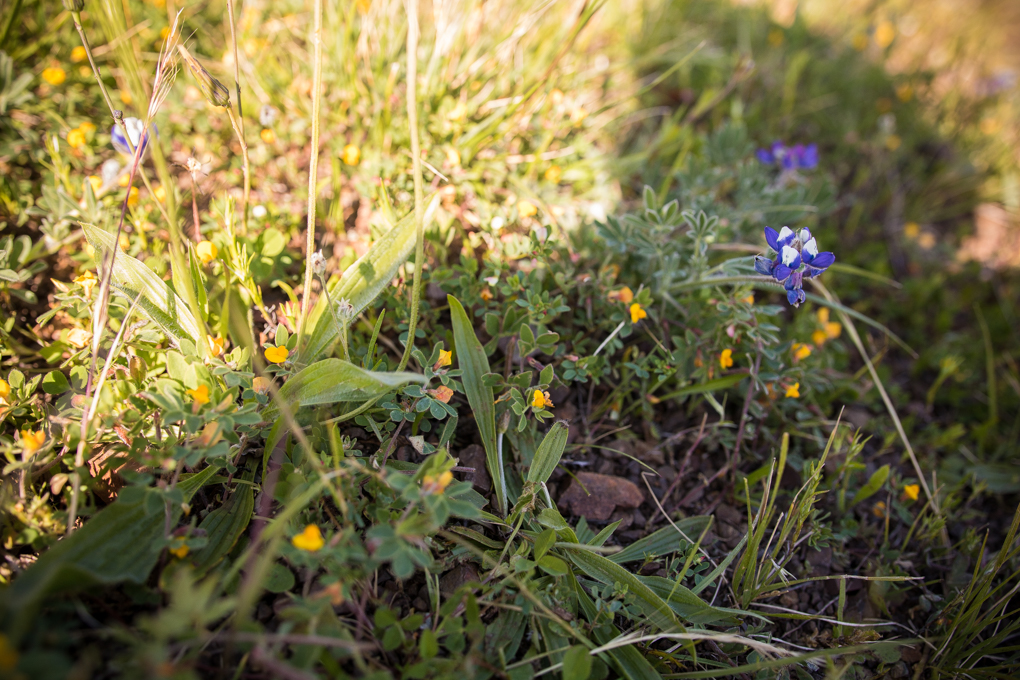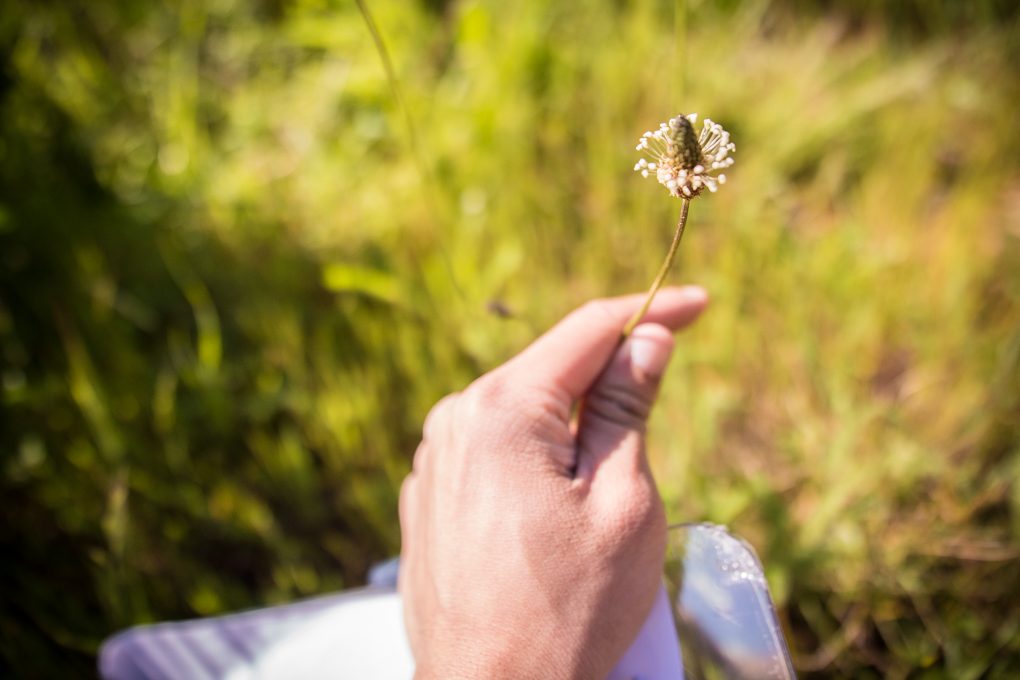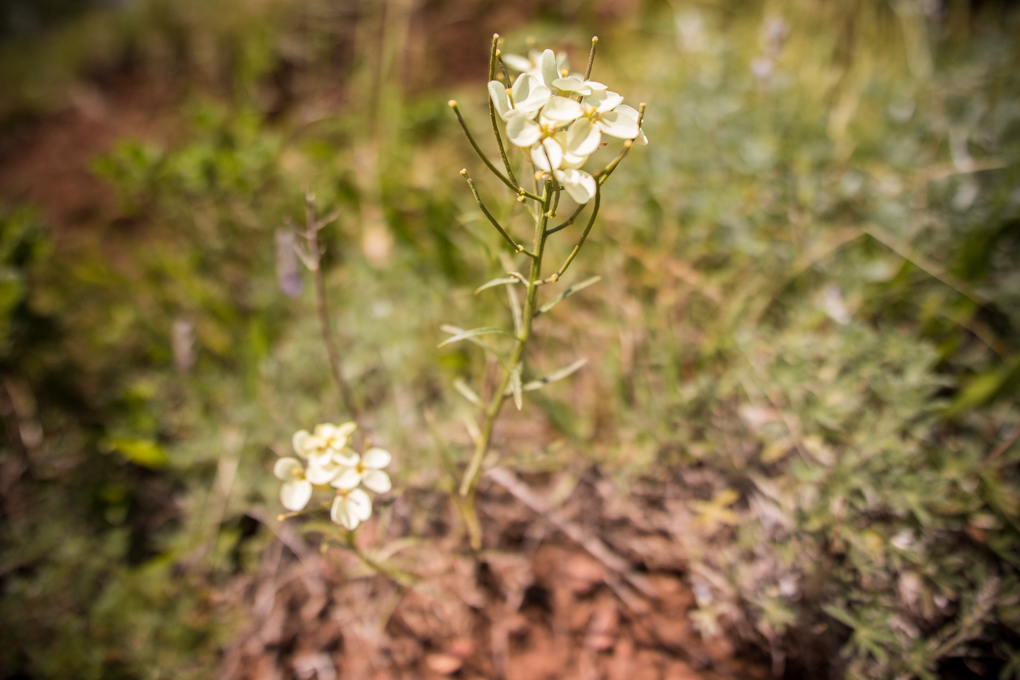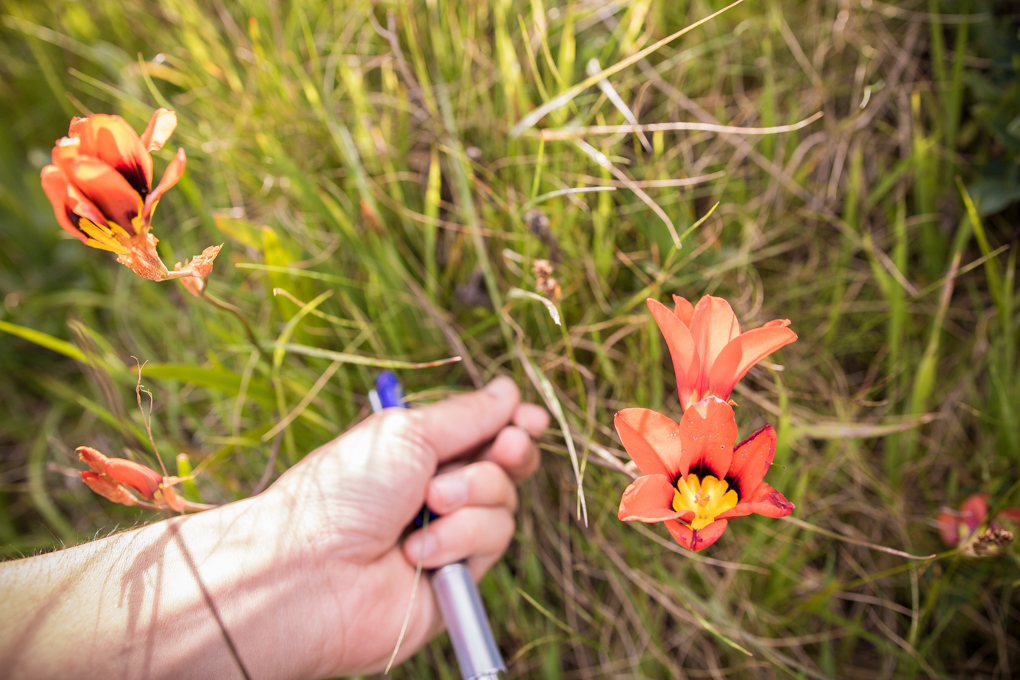Date: 3/23/2017
Location: Marin Headlands (SCA Trail) – 37.834660, -122.487441
Elevation: 599 ft above sea-level
Site Description:
We visited a different area of Marin Headlands from our previous jaunts – yet (under the auspices of our dreaded field-quiz) we were able to observe an abundance of plant species. We traversed the hillside via a path labeled the “SCA Trail” – which seemed to be use commonly by hikers and runners. Coffeeberry, Coastal Sage scrub, and other species endemic to California were – per usual – found in abundance along this trail. The trail greeted us with a steady increase in elevation – yet, us and most of the plant species seemed to be protected by the harsh winds along the lower end of the trail which was nestled behind the hills. The upper half of he trail greets its passerbys with harsher winds. This explains why we observed smaller species of plant-life near the top of the trail, as the ferocious winds required those plants to remain short in stature to conserve water and other resources.
Species Description:
1) Phaecelia california (Family: Boraginaceae), going by the common-name Rock phaecilia, is a species native to coastal northern California, where it grows in a variety of environments (including coastal-bluffs, where we found it). It is a perennial herb, growing erect, with pubescent leaves. When we encountered it during our jaunt, it hadn’t flowered yet (as observed in below photo). Yet, it is fairly distinguished by its overall shape and especially by its (soon-to-be) dense flower cluster, which is said to produce white, pale blue, or lavender flowers.
2) Claytonia perfoliata (Family: Montiaceae), going by its common-name Miner’s Lettuce, is distinguished by its prominent by its rosette shape. While we did not see them in full-force, their flowers have five petals that appear from Feburary to May/June, that grow above one united circular leaf. It’s common-name is well-suited, as it was often use by miners from the California Gold Rush as a source of vitamin C to prevent scurvy.
3) Lupinis albifrons (Family: Fabaceae), going by its common-name “Silver lupin”, was yet another species of lupines that we ran into, distinguished not by its flower but its leaves with their uniformity and shape common to other lupine species. It is native to California and Oregon, where it grows along the coastal in overall-dry areas. The Silver lupin is aptly named, as it possessed a remarkable silver foliage with an intense blue/purple showy flower.
Narrative:
With the prospect of our dread field-quiz looming over our heads, we parked our vehicles and set off to meet our maker. The wonderful weather was overshadowed by our imminent doom. We probably would have enjoyed the grand views we witness more if we weren’t anticipating being asked about a plant genus or family name every other moment. Yet, it was still an enjoyable excursion overall, and after we put the field quiz behind us and after having completed the trail, we traveled to the top of Slacker’s Hill where we were greeted by a majestic view of San Francisco and the surrounding Bay. On the way back to the cars, Dr. Paul pointed out a few other species to us which we noted. I returned to campus with a respect for the difficulty of being able to distinguish plant species within botany, but also finding it rewarding being able to identify plant species we’ve encountered and studied through memory or through knowledge of the plant families. In an academic setting, gaining knowledge is often abstract and intangible – it was great to be able to observe and practice what we had learned in the field.
Other encountered plant species:
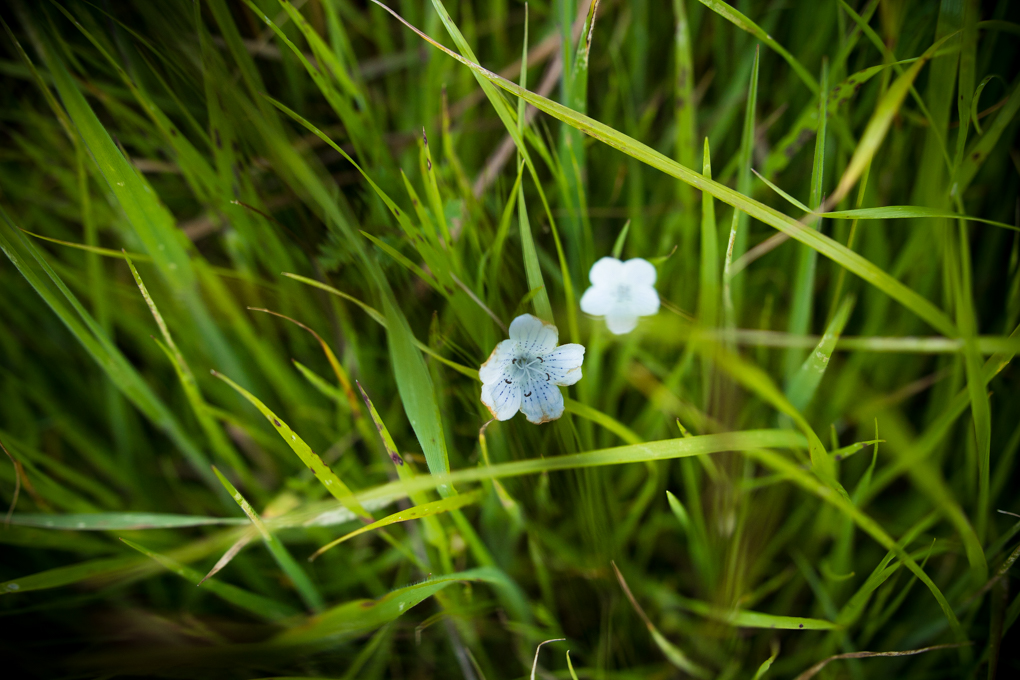
Nemophilia menziesii (Family: Boraginaceae) CM: Baby blue eyes


